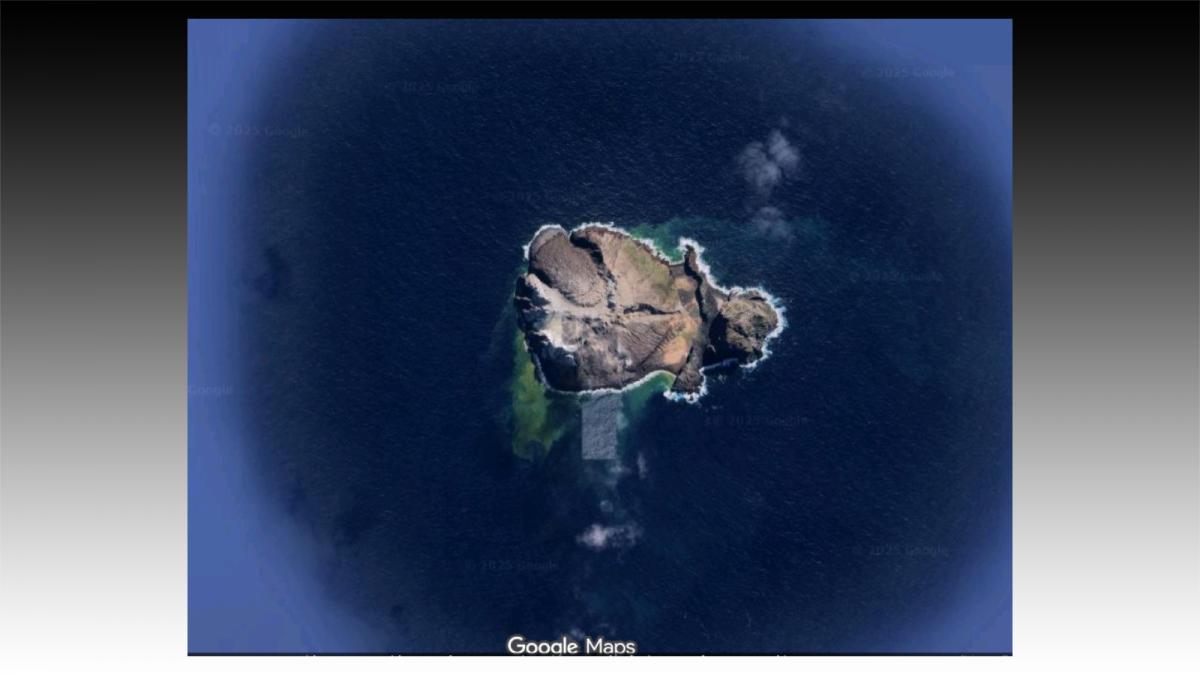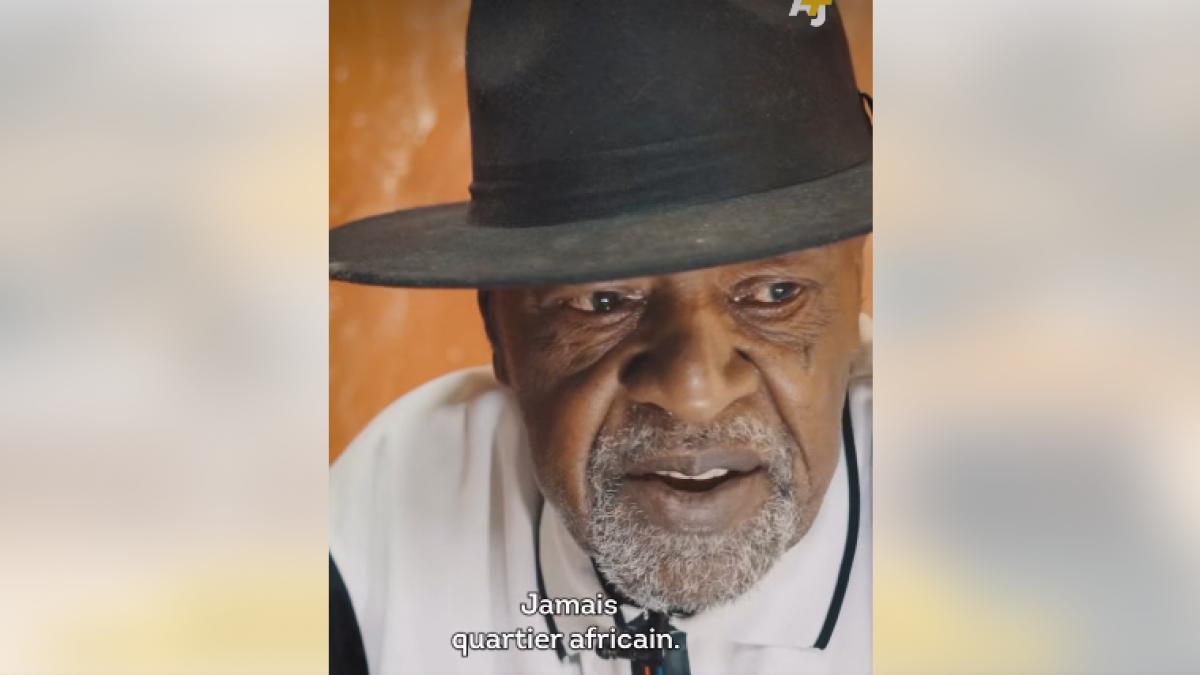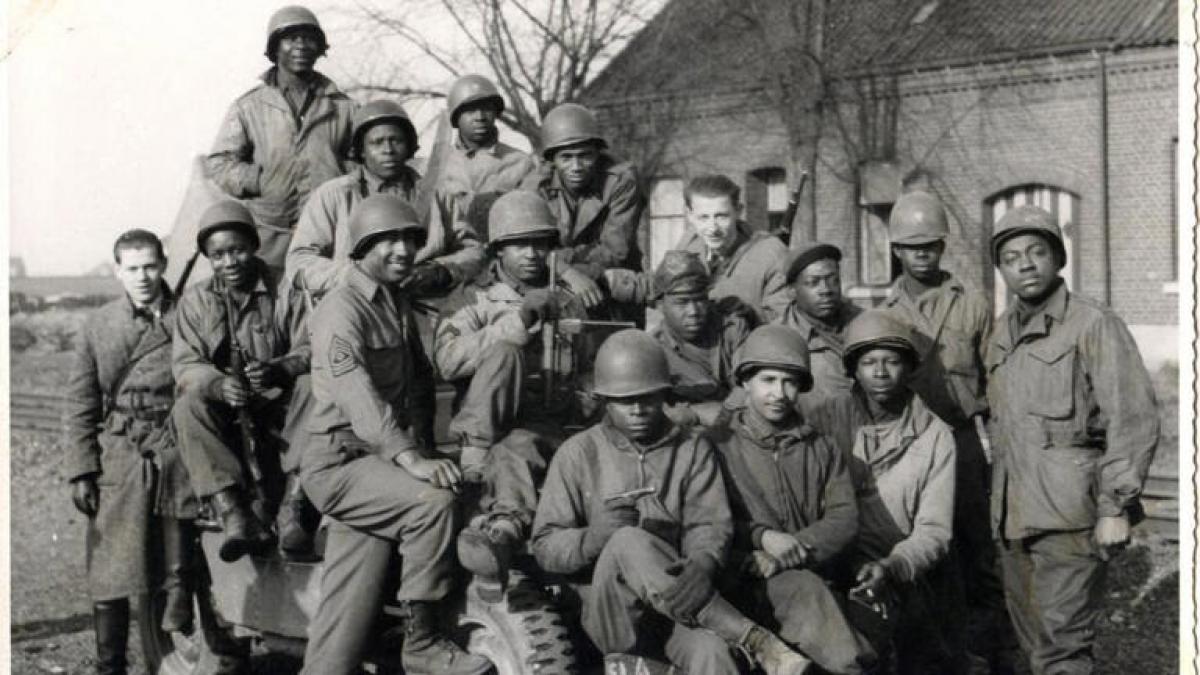Shaping Palestine: The Palestinian Christians who made a difference
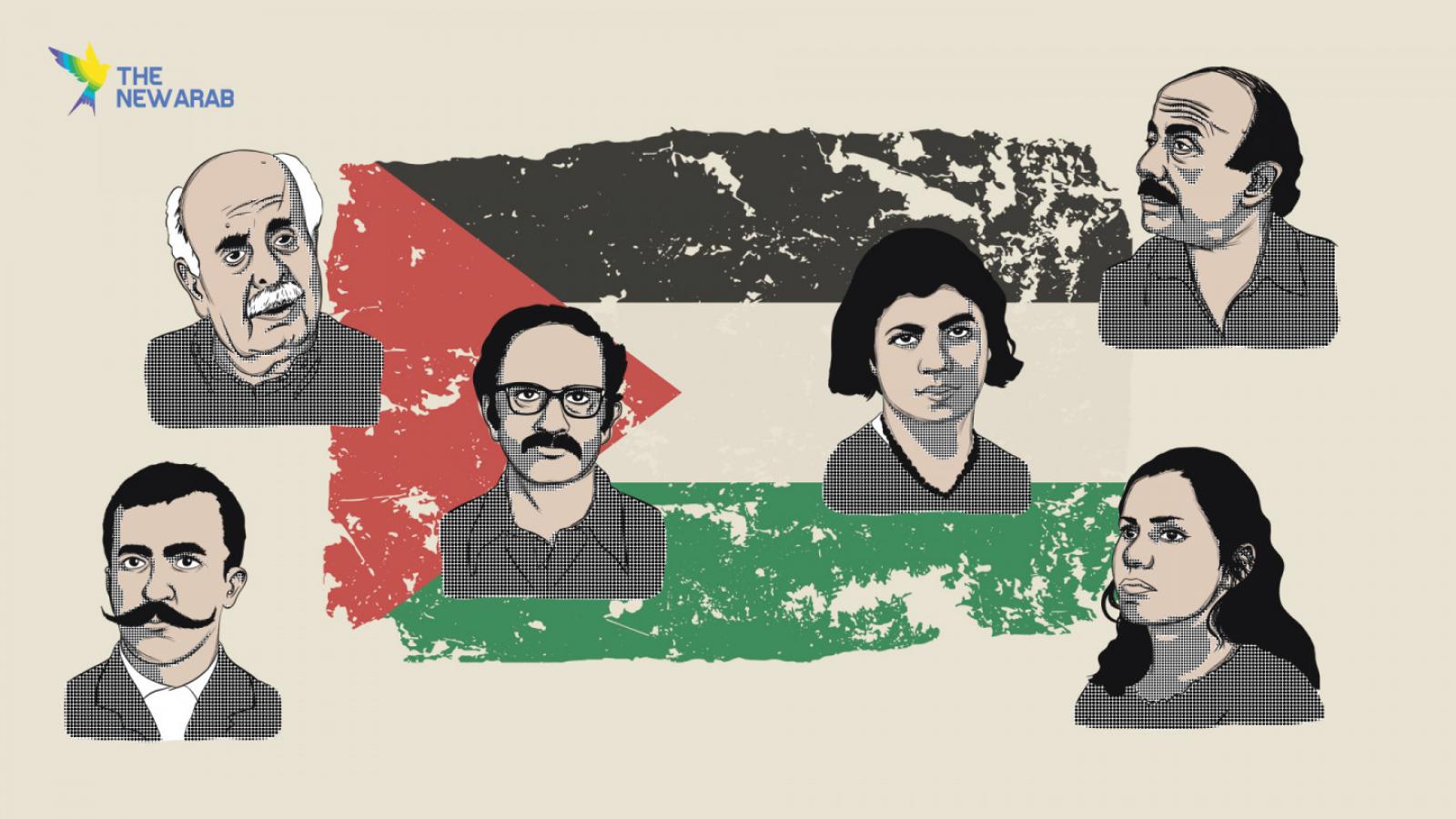
Analysis: Palestinian Christians have played a key role in Palestinian history, participating in shaping national identity and culture. While some names are widely known, others deserve more recognition.
When the modern history of Palestine is mentioned, it is mostly big political figures that come to mind. People like Yasser Arafat or Khalil al-Wazir dominate the imagination about Palestinian history. When Palestinian Christians are mentioned, names like George Habash or Wadie Haddad often feature.
However, Palestine’s modern history extends beyond the history of the conflict, the PLO, and politics altogether. The part played by Palestinian Christians in forming Palestine’s modern identity is far greater, more diverse, and longer than is often recognised.
In literature, art, education, politics, academia and social activism, Palestinian Christian names have stood out and made a difference in Palestinian life, although not always remembered.
Mai Ziadeh: A lover of liberty and the written word
In the early 20th century, Palestine was at the centre of a changing Middle East. Arab nationalism, cultural movements, and the end of the Ottoman era all influenced life in Palestine. This influence was reciprocal, as Palestine produced some of the most influential Arab figures of the time, who helped shape the new Arab cultural identity.
One of those was Mary Elias Ziadeh, born in Nazareth in 1886. She later adopted the literary name of ‘Mai’. She began her studies in the parish school of her hometown, Nazareth, then continued them in Lebanon, before moving to Cairo. She mastered nine languages, but excelled at writing in Arabic, and began to publish short stories and articles under different pen names.
Mai Ziadeh became known to the wider public in Cairo as an emerging figure of Arab literature. Cairo was at the time a hub for Arab intellectuals and the centre of Arab cultural production. There, she worked as a journalist in the historical al-Ahram newspaper, where she started a special section for interaction with readers that she called ‘the bee-nest’, and she responded to every single letter from readers, a practice that was unheard of in Arabic journalism at the time.
While in Cairo, Mai developed a corresponding relationship with the Lebanese poet Khalil Gibran that lasted 2o years. Their letters became an important part of the corresponding literature at the beginning of the 20th century and became popular during the many decades that followed, giving Mai and Khalil Gibran an image of perfect lovers, despite them never actually meeting each other.
In Cairo, Mai became a leading figure of the Arab literary movement. She founded the first gender-mixed literary saloon, becoming the first Arab woman to do so. The saloon became a gathering place for Arab intellectuals, artists, poets, and writers from all Arab countries, including Ahmed Shawqi, Khalil Mutran, Taha Hussein and ِAbbas Al-Aqqad. Mai’s saloon was a centre for discussion of social, cultural, and political issues. The saloon remained, however, essentially literary.
Mai Ziadeh saw her saloon as part of the transformation era in the Arab world, with the rise of early Arab nationalism, the Egyptian independence movement, and the spread of anxious demands for freedom and equality. Through her texts and literary discussions, she championed the cause of women's rights. She particularly defended the education of Arab women and advocated among intellectuals and political actors.
Mai Ziadeh developed a concept of women's emancipation that was very advanced at the time. She believed that the real emancipation of women could only be fulfilled by empowering them to assume their role in the wider emancipation of society as a whole, which is why she concentrated on women's education.
She wrote, for instance, that “education does not eliminate the female character of women. On the contrary, it increases it, for an educated woman is pushed to understand her own self”. Mai Ziadeh died in Cairo in 1941 and remains a highly respected figure of Arab culture, literature, and feminism until this day.
In the same period, Palestine itself was changing. Some of the actors of this change became references for Palestine’s history at the time. One of those was Khalil Sakakini, who pioneered the modern education movement.
Khalil Sakakini was born in Jerusalem to a Christian Orthodox family in 1878. At the age of 20, he became a school teacher. After an attempt to emigrate to the US, he returned to Palestine and began to work as a journalist for Al-Asmaai magazine, while at the same time teaching Arabic at the Salahiyah school in Jerusalem.
In 1909, Sakakini founded the ‘The National Dustoriyah School’ in Jerusalem, where he developed a special teaching method based on comprehensive learning, combining music, physical education, and Arabic language (instead of Turkish) in one holistic, practical curriculum. Sakakini eliminated grades, exams, and punishments in his school, and promoted a participatory method, where students take part in the educational process.
I am also now completely obsessed with Khalil Sakakini's visiting card pic.twitter.com/cV1TaZS1t3
— Arthur Asseraf (@ArthurAsseraf) April 27, 2020
Sakakini focused high school on the Arabic language, for which he developed a special teaching methodology, based on pronunciation, that continued to be used until the 1950s in many schools. He also promoted the learning of the Quran by Christian students as well as Muslims, based on his belief that it is in the mastering of the Quranic text that one can best master the Arabic language.
Sakakini was arrested by Turkish authorities on the very last day of Turkish rule of Palestine for giving shelter to a US citizen, since the US was an enemy of the Turkish state during World War One. He was soon released and became more involved in Palestine’s politics. He developed close relations with most political leaders of the time, including the Mufti of Jerusalem, Amin Husseini.
During the Palestinian revolt of 1936-1939, he organised demonstrations, gave speeches - sometimes twice a day - and kept a record of the unfolding events. His accounts of the revolt are a major source for the historical record of that period. His memories along with his letters are still considered an important piece of Palestinian and Arabic literature of the time.
Sakakini left Jerusalem with his family after the fall of his neighbourhood ‘Qatamoun’ to Zionist forces in 1948. He died in 1953 in Cairo.
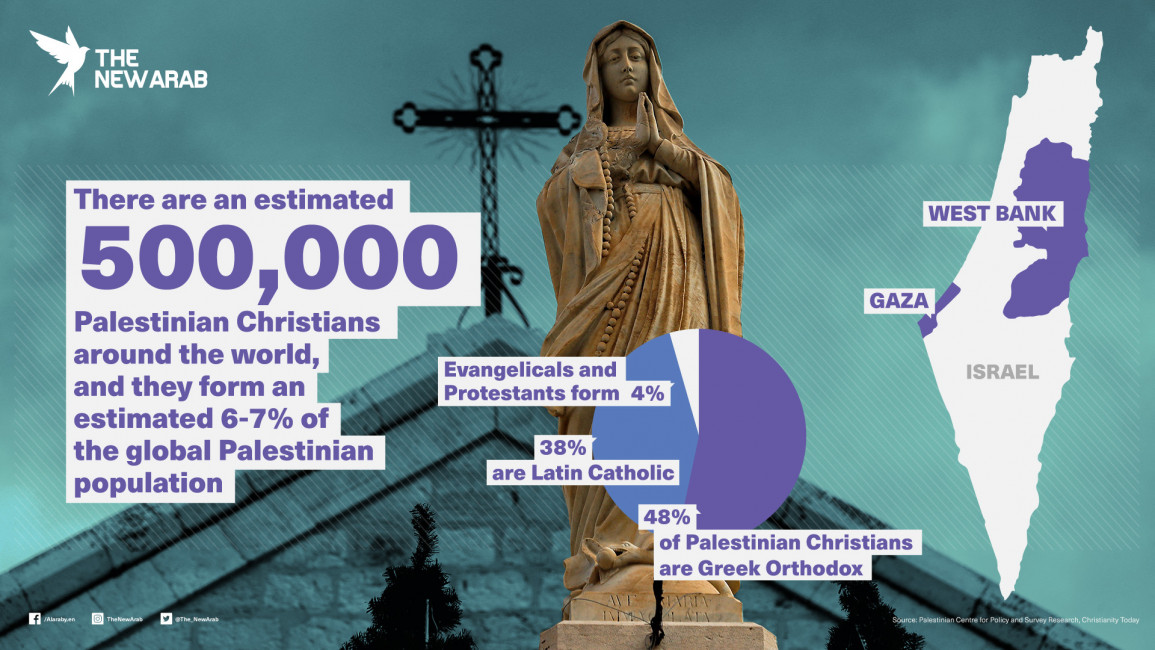
Hanna Mikhail: A fighter with a dream
After the Arab defeat of 1967 and the rise of the Palestinian resistance, many Palestinian young people mobilised from across the world to join the struggle. An exemplar of that generation was Hanna Mikhail.
Mikhail was born in Ramallah in 1935 and moved to the US for his studies in his early twenties. He studied political science at Harvard and began to teach at Princeton. In the mid-sixties, he left the US for Jordan to join the Palestinian national movement and became a member of Fatah.
He rose in the ranks of Fatah and became a leading figure of what was later known as the ‘left-wing of Fatah’. He produced some of the most important essays and analyses on the Palestinian movement and its relationship with different actors in the region and the world, as well as on Lebanon and its socio-political composition in regard to the Arab liberation struggle.
Mikhail adopted a Marxist line in analysing the Palestinian movement’s composition and action, seeing it as part of the larger Arab popular masses' struggle for social and national emancipation. He diverged from the dominant current of the PLO in the early 1970s, especially after the latter adopted the ‘transitional programme’ calling for negotiations in order to establish a Palestinian authority on a part of historical Palestine.
The move was seen as the first step towards a large-scale capitulation by many actors in the Palestinian movement, including within Fatah itself, and created a division within the PLO.
Mikhail did not follow either of the two camps but rather embarked on an extensive project of rebuilding the Palestinian movement from the bottom-up, based on a new philosophy of struggle, centred around the Vietnamese-inspired idea of a ‘unified national front’ that surpasses all political labels, and would be anchored in the popular classes and in the idea of resistance. He began to produce political education materials for this purpose to be introduced in the camps of Fatah in Lebanon, and he began to gather support for his project.
In 1976 and in the midst of the Lebanese civil war, he was sent on a mission by Yasser Arafat to restore stability in a Palestinian camp that was witnessing internal turmoil, deep in Phalange-held territory. He disappeared and no information about him has emerged ever since.
Rumour has it that he was captured by the Lebanese right-wing anti-Palestinian Phalange forces and either killed or handed over to the Syrian army. His writings and thoughts were published by his wife, Jehan Al-Helou, in a single book in 2020 in Ramallah.
- Se connecter ou s'inscrire pour publier un commentaire
- 45 vues
Connexion utilisateur
Dans la même rubrique
de François Lebrun
02/12/2025 - 20:03
30/11/2025 - 10:57
de Stéphanie TROUILLARD
16/11/2025 - 19:02
11/11/2025 - 12:51
07/11/2025 - 21:58
Commentaires récents
APPEL DU PARQUET CONTRE LE JUGEMENT DES STATUES: LE “SUPREMACISME” JUDICIAIRE A ENCORE FRAPPE
C'EST CA !
Albè
04/12/2025 - 08:57
T'es plus intelligent que l'avocat Raphaël Constant, rédacteur de l'article, qui a plus de 40 ans Lire la suite
APPEL DU PARQUET CONTRE LE JUGEMENT DES STATUES: LE “SUPREMACISME” JUDICIAIRE A ENCORE FRAPPE
Suprémacisme à toutes les sauces
poi
03/12/2025 - 16:25
Le suprémacisme est une théorie RACIALE et RACISTE consistant à considérer EXPLICITEMENT qu' une Lire la suite
APPEL DU PARQUET CONTRE LE JUGEMENT DES STATUES: LE “SUPREMACISME” JUDICIAIRE A ENCORE FRAPPE
CODE PENAL FRANCAIS
Albè
03/12/2025 - 12:53
Le premier "suprémacisme" ne consiste--t-il pas à utiliser les outils juridiques du colonisateur Lire la suite
Et si un écrivain français, réfugié en Russie, écrivait que l'Alsace appartient à l'Allemagne ?
????
Albè
03/12/2025 - 09:29
Quel rapport avec le fond de l'article ?
Lire la suiteSainte-Lucie : le Béké Allen Chastenet échoue à redevenir Premier ministre
PETITE FAUTE DE FRAPPE
Albè
03/12/2025 - 09:24
C'est "Chastanet" et non "Chastenet"...
Lire la suite
Top 5 des articles
Aujourd'hui :
- Ceux que l'on avait cru pouvoir terrasser l'indépendantisme martiniquais ne sont pas ceux que l'on croit...
- Le système s’effondre, la Martinique est à terre
- Réseau social, blog et site-web : quelques éclaircissements...
- Ti-Pons sera rejugé (cette fois devant un jury populaire !)
- Les Guyanes, nouvel eldorado pétrolier aux portes de l’Amazonie
Depuis toujours :
- Tous les présidents et premiers ministres de la Caraïbe sont vaccinés
- L'intolérable appauvrissement intellectuel et culturel de la Guadeloupe et dans une moindre mesure de la Martinique !
- LETTRE OUVERTE AU 31ème PREFET FRANCAIS DE MARTINIQUE
- L'arrière-grand-père maternel de Joan Bardella était...algérien
- Les triplement vaccinés contre le covid ne bandent plus

